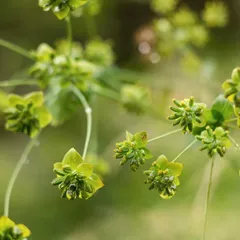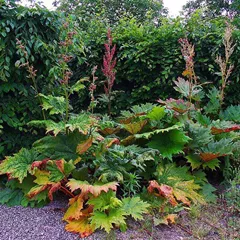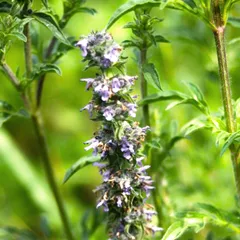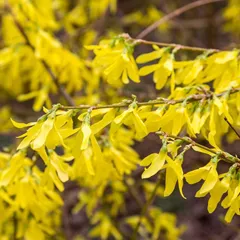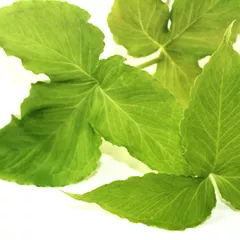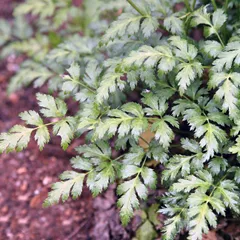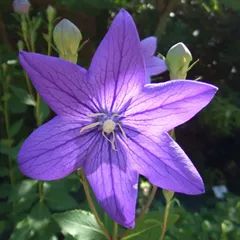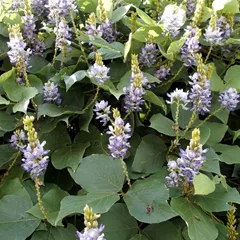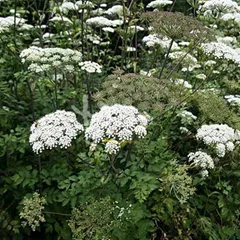Pai Shi Tang
Pai Shi Tang
Chinese: 排石汤
Pinyin: Pái shí tāng
Other names: Discharge Stones Decoction
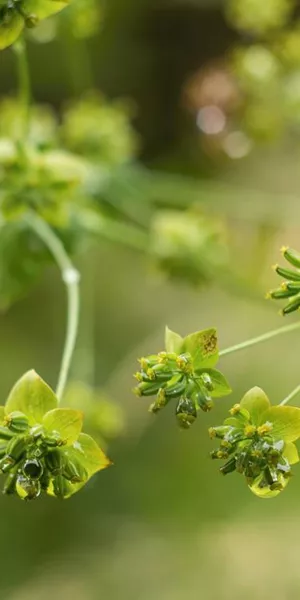
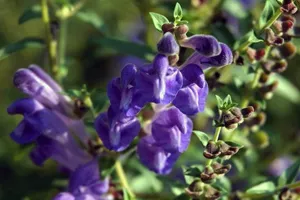
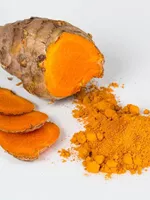
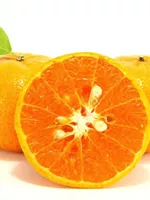




Pai Shi Tang
Pai Shi Tang
Chinese: 排石汤
Pinyin: Pái shí tāng
Other names: Discharge Stones Decoction
Number of ingredients: 10 herbs
Formula category: Formulas that clear Heat and expel dampness
Conditions for which it may be prescribed: GallstonesHepatic calculusCommon Bile Duct Stone
- Discharge Gallstones
- Clear Damp-Heat
- Facilitate urination
The information provided here is not a replacement for a doctor. You shouldn't use it for the purpose of self-diagnosing or self-medicating but rather so you can have a more informed discussion with a professional TCM practitioner.
Pai Shi Tang is a 10-ingredient Chinese Medicine formula with Bupleurum Roots (Chai Hu) as a principal ingredient.
It belongs to the category of formulas that clear Heat and expel dampness. Its main actions are: 1) discharge Gallstones and 2) clear Damp-Heat.
In Chinese Medicine health conditions are thought to arise due to "disharmonies" in the body as a system. These disharmonies are called "patterns" and the very purpose of herbal formulas is to fight them in order to restore the body's harmony.
In this case Pai Shi Tang is used by TCM practitioners to fight patterns like Phlegm in Kidneys or Gallbladder. From a Western Medicine standpoint, such patterns can give rise to a range of conditions such as hepatic calculus, common bile duct stone or gallstones for instance.
On this page, after a detailed description of each of the ten ingredients in Pai Shi Tang, we review the patterns and conditions that Pai Shi Tang helps treat.
The ten ingredients in Pai Shi Tang
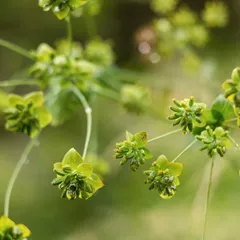
Chai Hu is a king ingredient in Pai Shi Tang. Like the name indicates, it means it has more power than other ingredients in the formula.
1. Bupleurum Roots (Chai Hu)
In general Chai Hu's main actions are as follows: "Harmonizes exterior and interior. Smoothes the Liver and upraises the Yang."
In the context of Pai Shi Tang, it is used because it smoothes the Liver. .
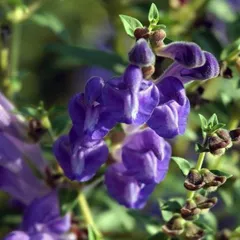
Huang Qin is a deputy ingredient in Pai Shi Tang. This means it helps the king ingredient(s) treat the main pattern or it serves to treat a coexisting pattern.
2. Baikal Skullcap Roots (Huang Qin)
Part used: Dried root
Nature: Cold
Taste(s): Bitter
Meridian affinity: GallbladderHeartLarge intestineLungSmall intestineSpleen
Category: Herbs that clear Heat and dry Dampness
In general Huang Qin's main actions are as follows: "Expels Heat and Dampness. Clears Upper Burner Heat, especially of the Lung. Clears Heat and stops reckless movement of Blood. Clears pathogenic Heat which is upsetting the fetus. Cools the Liver, reducing Liver Yang rising syndrome."
In the context of Pai Shi Tang, it is used because it expels Damp-Heat and cools the Liver. It also clears Heat and stops reckless movement of Blood. .
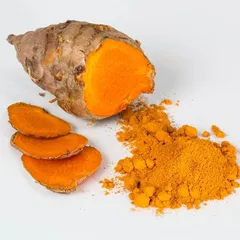
Jiang Huang is a deputy ingredient in Pai Shi Tang. This means it helps the king ingredient(s) treat the main pattern or it serves to treat a coexisting pattern.
3. Turmeric (Jiang Huang)
Part used: Dried rhizome
Nature: Warm
Meridian affinity: LiverSpleen
Category: Herbs that invigorate the Blood
Jiang Huang invigorates Blood, smooths the Liver by removing Stagnation and reduces associated pain. It also clears Heat in the Liver and Gallbladder.
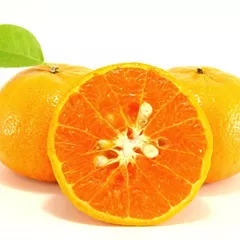
Zhi Ke is a deputy ingredient in Pai Shi Tang. This means it helps the king ingredient(s) treat the main pattern or it serves to treat a coexisting pattern.
4. Bitter Oranges (Zhi Ke)
Part used: Dried ripe fruit
Nature: Warm
Meridian affinity: SpleenStomach
Category: Herbs that regulate Qi
In general Zhi Ke's main actions are as follows: "To regulate the flow of Qi, remove its stagnation, and alleviate distension."
In the context of Pai Shi Tang, it is used because it regulate the flow of Qi, remove its stagnation and alleviate distension. .
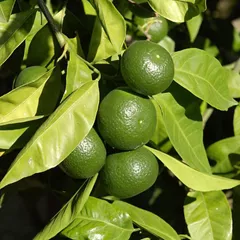
Qing Pi is an assistant ingredient in Pai Shi Tang. This means that it either serves to reinforces the effect of other ingredients or it moderates their toxicity.
5. Green Tangerine Peel (Qing Pi)
Part used: Dried pericarp of the young or immature fruits
Nature: Warm
Meridian affinity: GallbladderStomachLiver
Category: Herbs that regulate Qi
In general Qing Pi's main actions are as follows: "Smooths the flow of Liver Qi and releases Stagnation. Reduces Food Stagnation. Dries Damp and reduces Phlegm."
In the context of Pai Shi Tang, it is used because it smooths the flow of Liver Qi and releases Stagnation. It also dries Dampness and reduces Phlegm..
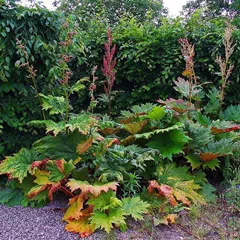
Da Huang is an assistant ingredient in Pai Shi Tang. This means that it either serves to reinforces the effect of other ingredients or it moderates their toxicity.
6. Rhubarb (Da Huang)
Part used: Dried root and rhizome
Nature: Cold
Taste(s): Bitter
Meridian affinity: SpleenStomachLarge intestineLiverPericardium
Category: Purgative herbs that drain downward
Da Huang drains Excess Heat and Toxin as well as eliminates Dampness, especially when in the Bright Yang stage according to the Six Stages Theory. It also invigorates Blood, remove Stagnation and relieves associated pain. It is often used for Hot sores and Blood Stasis.
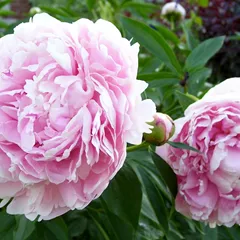
Bai Shao is an assistant ingredient in Pai Shi Tang. This means that it either serves to reinforces the effect of other ingredients or it moderates their toxicity.
7. White Peony Roots (Bai Shao)
Part used: Dried root
Nature: Neutral
Meridian affinity: LiverSpleen
Category: Tonic herbs for Blood Deficiency
Bai Shao nourishes the Liver and assists in the smooth flow of Liver Qi. It also regulates the Meridians, eases associated pain, tonifies the Blood and preserves the Yin.
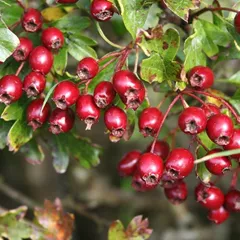
Shan Zha is an assistant ingredient in Pai Shi Tang. This means that it either serves to reinforces the effect of other ingredients or it moderates their toxicity.
8. Hawthorn Berries (Shan Zha)
Part used: Dried ripe fruit
Nature: Warm
Meridian affinity: HeartLiverSpleenStomach
Category: Herbs that relieve Food Stagnation
Shan Zha invigorates the Blood and breaks Blood Stagnation. It also improves digestion and reduces Food Stagnation.
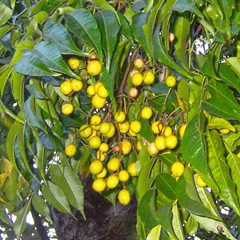
Chuan Lian Zi is an assistant ingredient in Pai Shi Tang. This means that it either serves to reinforces the effect of other ingredients or it moderates their toxicity.
9. Sichuan Chinaberries (Chuan Lian Zi)
Part used: Dried ripe fruit
Nature: Cold
Taste(s): Bitter
Meridian affinity: SpleenLiverSmall intestine
Category: Herbs that regulate Qi
In general Chuan Lian Zi's main actions are as follows: "Clears Damp Heat. Circulates Qi. Relieves chest, epigastric and abdominal pains. Expels parasites."
In the context of Pai Shi Tang, it is used because it clears Damp-Heat, circulates Qi as well as relieves pain in chest, epigastric and abdomen. .
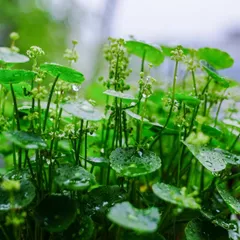
Jin Qian Cao is an assistant ingredient in Pai Shi Tang. This means that it either serves to reinforces the effect of other ingredients or it moderates their toxicity.
10. Gold Coin Herb (Jin Qian Cao)
Part used: Dried aerial parts
Nature: Cool
Meridian affinity: BladderGallbladderKidneyLiver
Category: Herbs that drain Dampness
In general Jin Qian Cao's main actions are as follows: "Drains Damp-Heat. Promotes urination. Cools Heat and disperses swellings. Cools Blood and dispels Toxicity."
In the context of Pai Shi Tang, it is used because it drains Damp-Heat, promotes urination, cools Heat, dispels toxicity and disperses swellings. .
Pai Shi Tang is used to treat Phlegm in Kidneys or Gallbladder
It's important to remember that herbal formulas are meant to treat patterns, not "diseases" as understood in Western Medicine. According to Chinese Medicine patterns, which are disruptions to the body as a system, are the underlying root cause for diseases and conditions.
As such Pai Shi Tang is mostly used to treat the pattern "Phlegm in Kidneys or Gallbladder" which we describe below.
But before we delve into Phlegm in Kidneys or Gallbladder here is an overview of the Western conditions it is commonly associated with:
Hepatic calculus Common Bile Duct Stone Gallstones
Again it wouldn't be correct to say "Pai Shi Tang treats hepatic calculus" for instance. Rather, Pai Shi Tang is used to treat Phlegm in Kidneys or Gallbladder, which is sometimes the root cause behind hepatic calculus.
Now let's look at Phlegm in Kidneys or Gallbladder, a pattern that TCM practitioners commonly treat with Pai Shi Tang.

The Kidneys is a so-called "Zang" Organ. Learn more about the Kidneys in Chinese Medicine
Phlegm in Kidneys or Gallbladder
Pulse type(s): Slippery (Hua), Wiry (Xian)
Tongue coating: Sticky coating, Thick coating
Tongue shape: Swollen
Symptoms: Back pain Gallstones Bloody urine Abdomen pain Kidney stones Epigastric pain Urinary difficulty Frequent and urgent urination
Pai Shi Tang is sometimes prescribed by TCM practitioners to treat Phlegm in Kidneys or Gallbladder. This pattern leads to symptoms such as frequent and urgent urination, urinary difficulty, bloody urine and gallstones. Patients with Phlegm in Kidneys or Gallbladder typically exhibit slippery (Hua) or wiry (Xian) pulses as well as Swollen tongue with yellow sticky coating.
According to Chinese medicine, gallstones or Kidney stones are a form of Phlegm. It is the consequence of Phlegm left untreated in the Gallbladder and the Kidneys.
Over a long period of time, stagnant Dampness can give rise to a large amount of Heat which then dries up Body Fluids and solidify read more about Phlegm in Kidneys or Gallbladder
Formulas similar to Pai Shi Tang
Da Chai Hu Tang is 40% similar to Pai Shi Tang
Jing Jie Lian Qiao Tang is 33% similar to Pai Shi Tang
Qing Pi Tang is 30% similar to Pai Shi Tang
Shao Yao Tang is 30% similar to Pai Shi Tang
Xia Ru Yong Quan San is 27% similar to Pai Shi Tang
Chai Ge Jie Ji Tang is 27% similar to Pai Shi Tang

